Mercedes clarifies reasons for Russell's disqualification at Spa
Mercedes investigates multiple factors behind George Russell's Belgian GP disqualification, including unexpected tyre and plank wear, as well as driver weight loss. The team aims to refine processes to prevent future weight-related infractions.
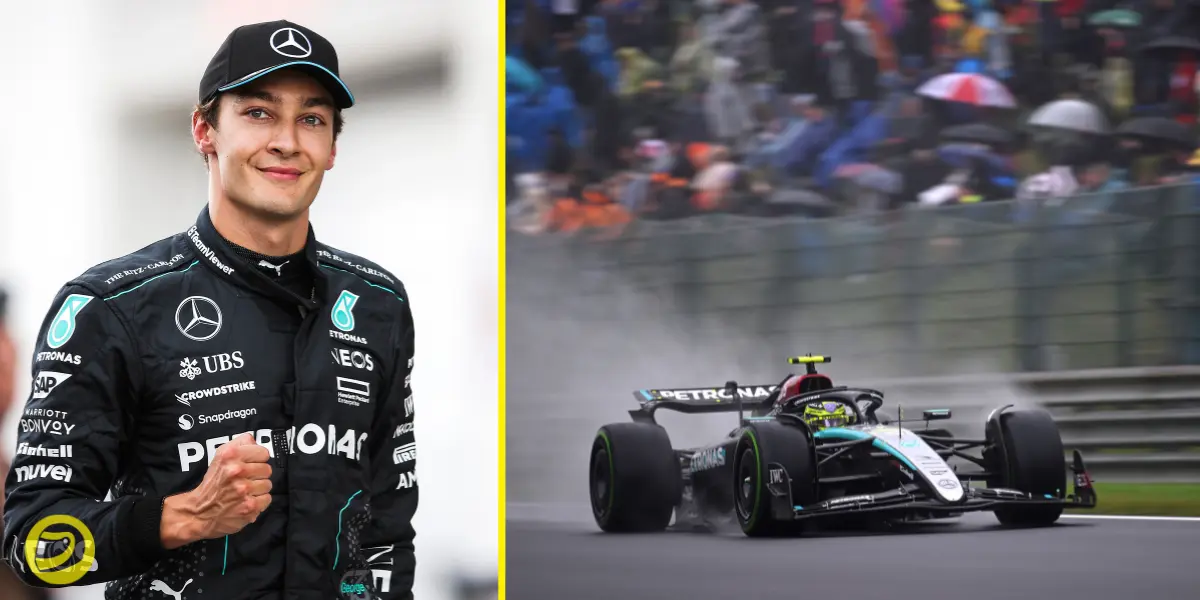
George Russell's hard-fought victory in the Belgian Grand Prix was nullified due to a weight infringement, leaving Mercedes scrambling for answers.
The team's initial analysis points to a perfect storm of circumstances that led to Russell's car tipping the scales 1.5kg below the mandated 798kg minimum weight limit, inclusive of the driver.
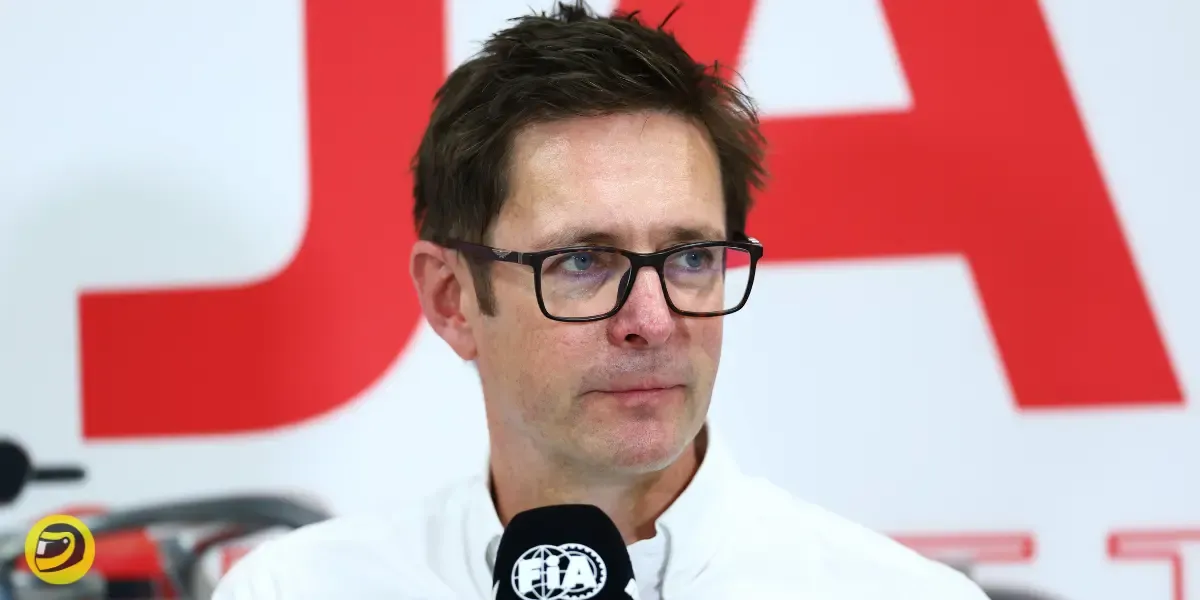
Andrew Shovlin, Mercedes' trackside engineering director, shed light on the situation in the team's post-race debrief.
"It's obviously very disappointing and unfortunate, particularly after he'd driven such a strong race to win from so far back,"
Shovlin lamented.
The team is now in the midst of a comprehensive investigation, meticulously weighing all components to pinpoint the root cause of the issue.
The one-stop strategy gamble
Initially, suspicions centered on Russell's unexpected one-stop strategy.
The extended tyre life required for this approach could have led to increased wear, potentially accounting for up to 1kg of weight loss per tyre.
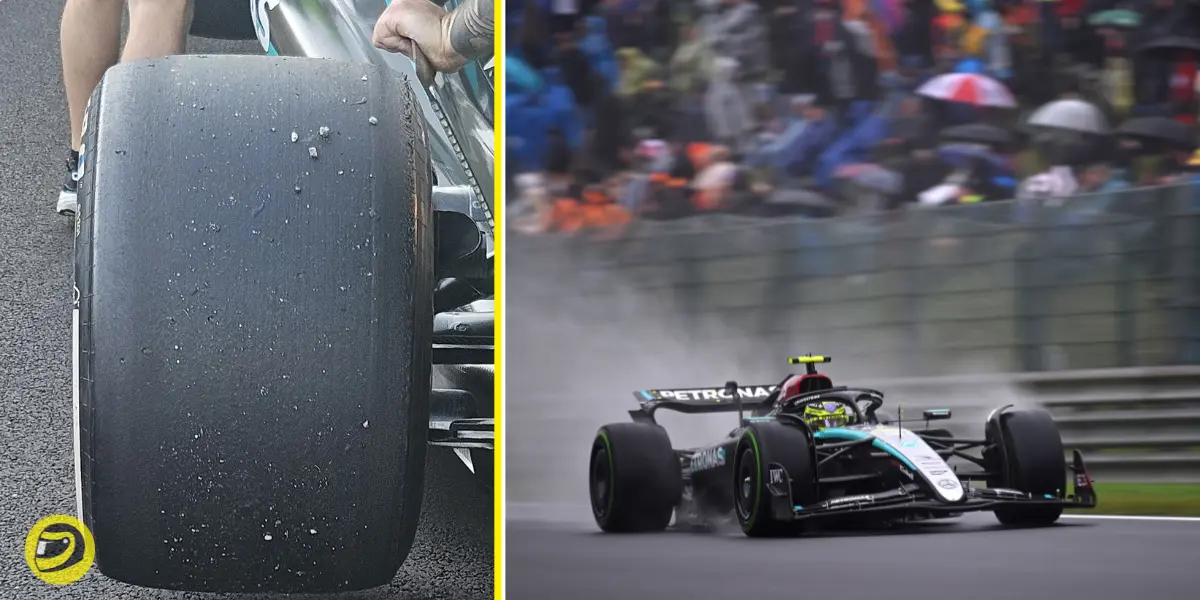
This wear difference, compared to a fresher set used in a two-stop strategy, could explain the crucial 375g per tyre needed to breach the weight threshold.
Multiple factors at play
However, Shovlin revealed that the situation is more complex than initially thought.
"The car can lose quite a lot of weight during the race,"
he explained.
"You get tyre wear, plank wear, brake wear, oil consumption. The driver themselves can lose a lot. And in this particular race, George lost quite a bit of weight."
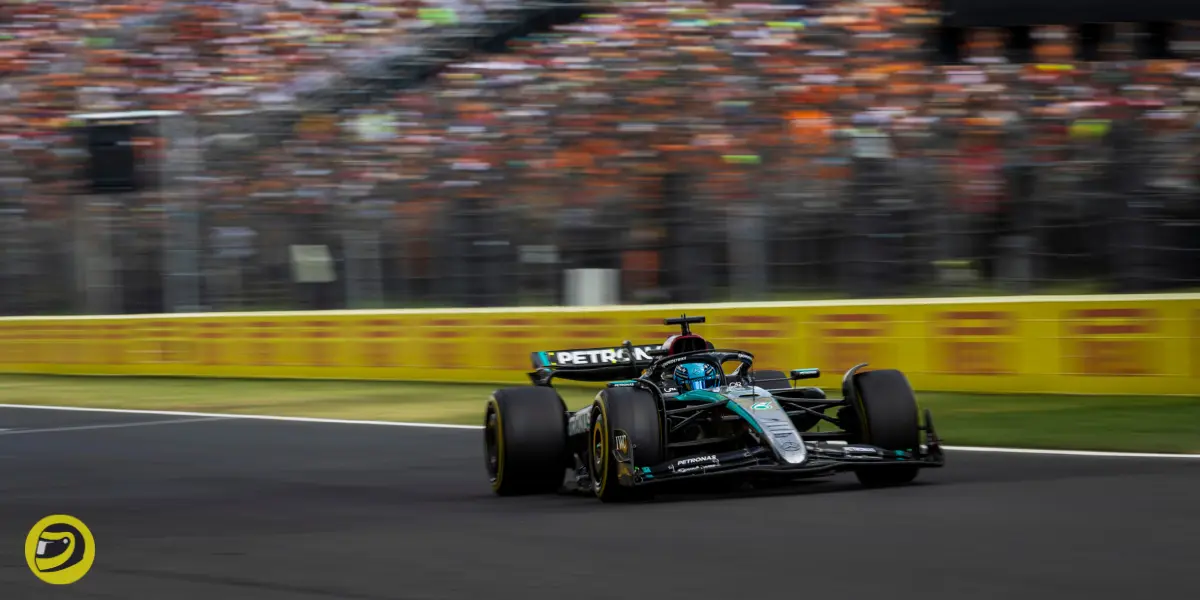
This multifaceted weight loss scenario caught the team off guard, as pre-race checks showed no cause for concern.
"The cars started the race the same weight,"
Shovlin confirmed.
"Lewis and George were both weighed after qualifying. The cars were within 500 grammes."
Unraveling the mystery
The fact that only Russell's car fell foul of the regulations has raised eyebrows within the team.

"George's was the only one that had the problem, and it's because things like the tyre wear was much higher. It looks like we lost more material on the plank,"
Shovlin noted. The team is now focused on refining their processes to prevent such occurrences in the future.
Performance Gain: Minimal but present
While the weight discrepancy could theoretically offer a performance advantage, Shovlin downplayed its significance.

"In terms of pace at the start of the race, it's nil because George's car and Lewis's car start the race at the same weight,"
he stated. However, he acknowledged a marginal gain as the race progressed:
"As George's car was losing weight faster than Lewis's throughout the race, there is an associated gain with that, but you're into the hundredths of a second per lap."
As Mercedes continues its investigation, the incident serves as a stark reminder of the razor-thin margins in Formula 1.
The team now faces the challenge of not only understanding this particular issue but also implementing safeguards to ensure their future victories remain unchallenged.


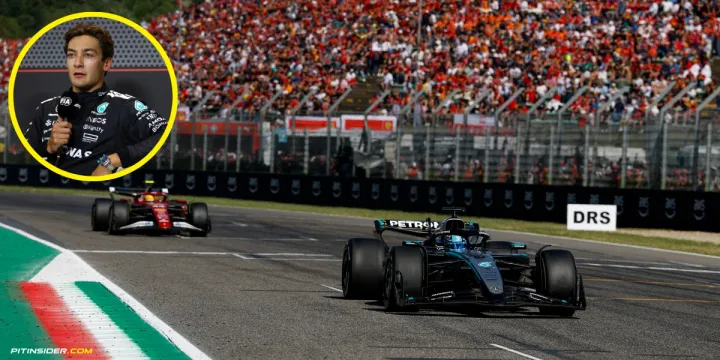
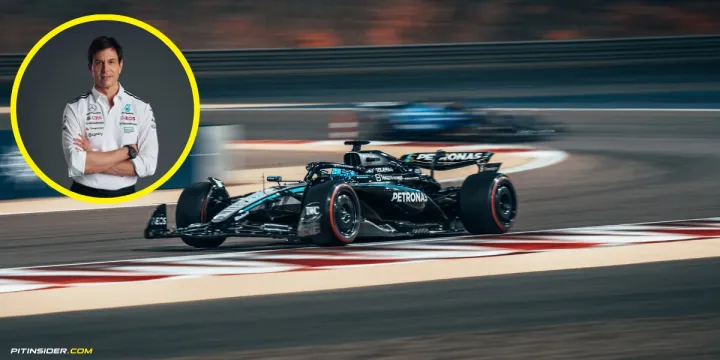
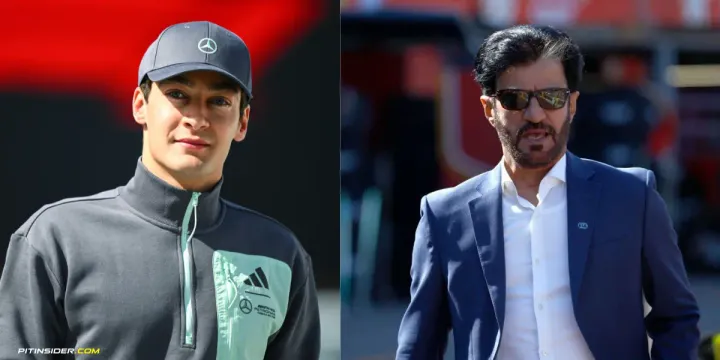
Comments ()